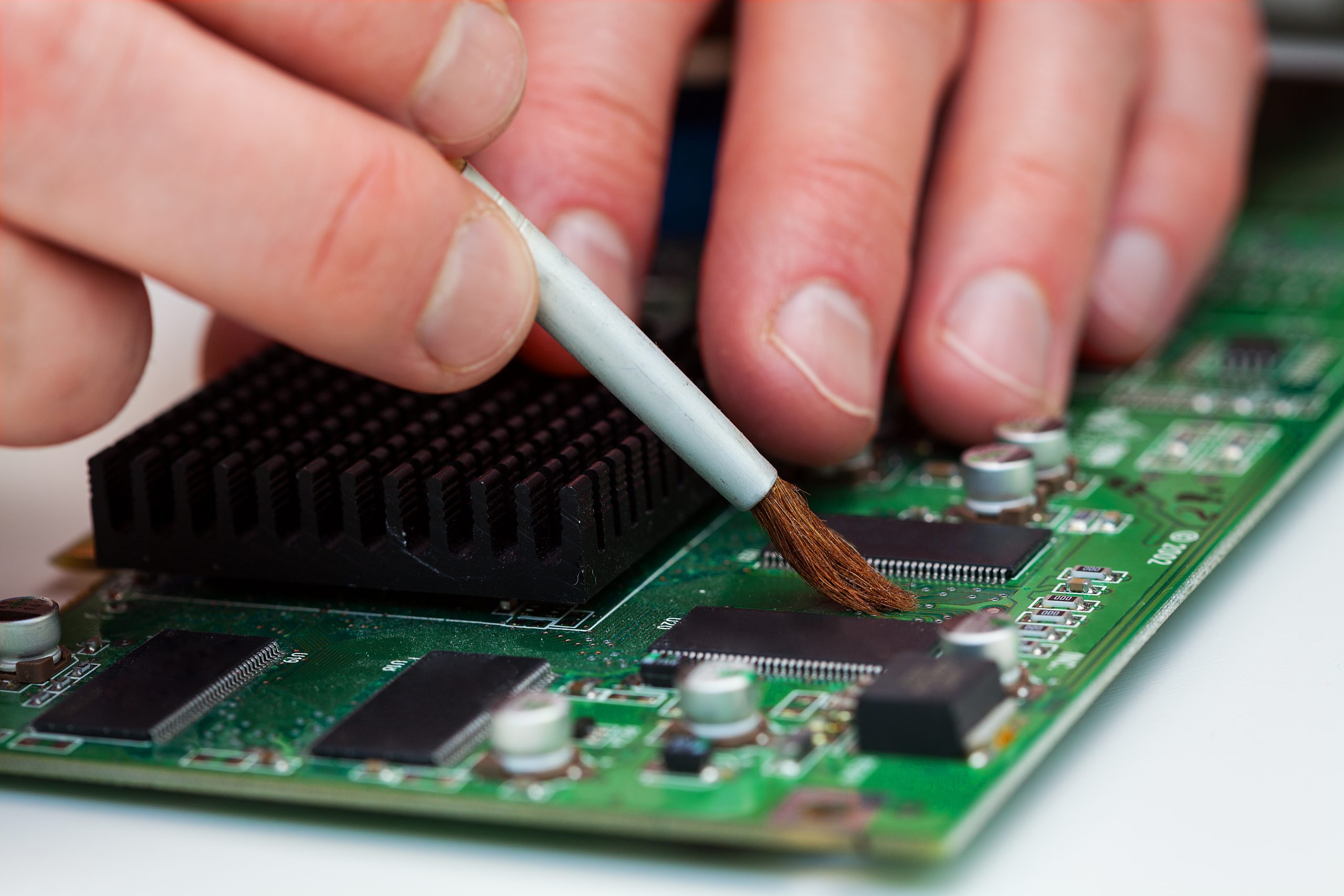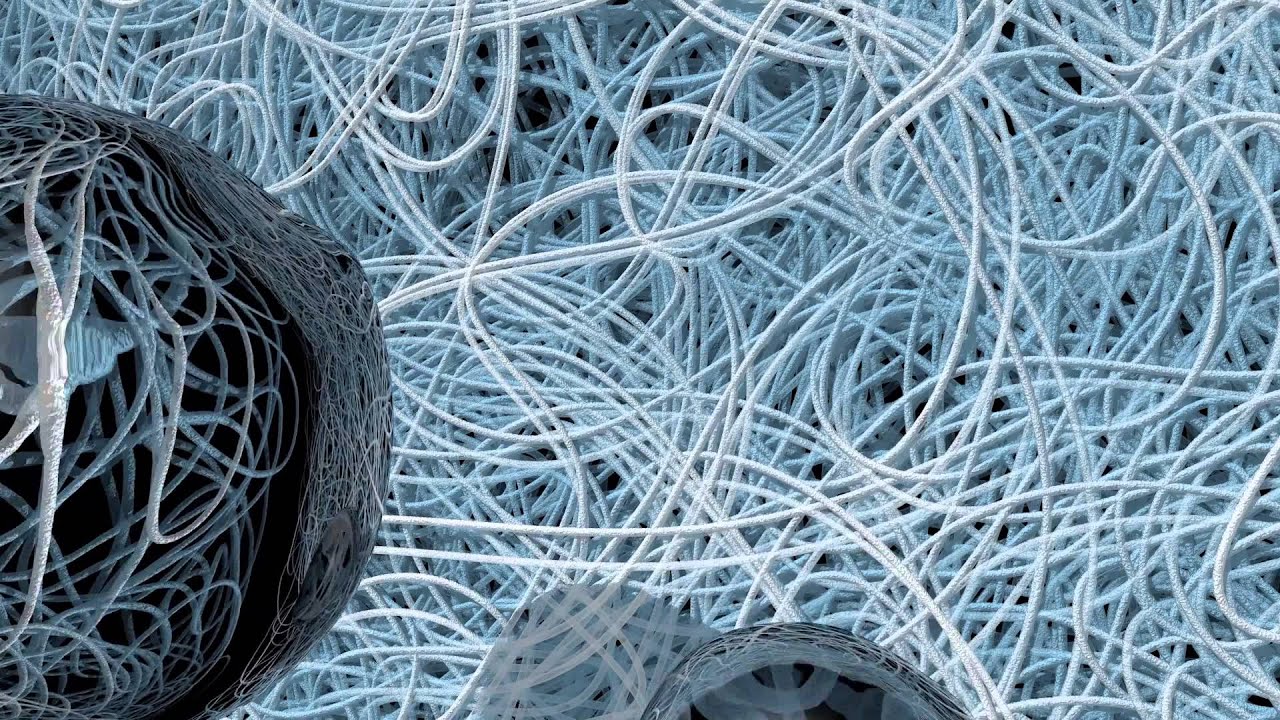Introduction
Polytetrafluoroethylene, commonly known by the brand name Teflon, is a synthetic fluoropolymer of tetrafluoroethylene. It is renowned for its non-stick properties and high heat resistance, making it useful for numerous applications. Let’s examine some key facts about PTFE and how it has impacted our world.
Chemical Structure and Properties
PTFE is a linear polymer made up of carbon-fluorine bonds joined together. The carbon-fluorine bonds make PTFE exceptionally chemically inert, as fluorine is the most electronegative element. This gives PTFE several remarkable properties, including:
– Extremely low surface tension, allowing liquids and gases to easily slide off
– Resistance to substances that usually cause degradation like acids, alkalis, organic solvents and oxidizing agents
– Resistance to temperatures from -267 °C to 260 °C
– Chemical and corrosion resistance superior to most engineering plastics
– Non-stickiness and friction reduction
– Electrical properties such as high bulk resistivity
– Light weight
The combination of chemical inertness and low surface tension is what enables PTFE’s non-stick applications. The molecule structure of long chains also contributes to its self-lubricating character.
History of Development
PTFE was accidentally discovered in 1938 by Roy Plunkett at Kinetic Chemical Laboratories while he was trying to develop new chlorofluorocarbon refrigerants. He noticed a waxy white material clogging his pressurized container and realized it was an entirely new fluorocarbon polymer.
In 1941, DuPont started developing the commercial applications of PTFE under the brand name Teflon. During World War II, PTFE was used as insulations for electrical wires and cables critical for the war effort. In the post-war years, DuPont worked extensively on PTFE production techniques like granulation and compression molding.
The first significant commercial use of Polytetrafluoroethylene PTFE was for coating aluminum cooking pots and pans in the 1950s, exploiting its non-stick properties. Its use soon expanded to other areas like aerospace, semiconductor processing, chemical processing and medicine. Today, PTFE production has vastly scaled up worldwide and many new forms like dispersions, tapes and fibers have been developed.
Commercial Applications
Thanks to its unique properties, PTFE finds application across many industries:
cooking – Non-stick pans, baking liners and food processing equipment coatings dominate home use. Commercially, it lines fast food fryers and grills.
chemical – PTFE is an important material for sealing components, pipes, valves and pumps. It resists corrosion from acids, bases and organic solvents.
healthcare – Surgeons rely on PTFE for implantable devices like artificial joints and blood vessel grafts. Dentists use PTFE tapes and fibers.
aerospace – Wire and cable coatings, seals, gaskets and lubricants allow engines and equipment to handle extreme temperatures and pressures.
industrial – Brushes, bearings, seals, films and tapes deliver lubricity, chemical inertness and abrasion resistance wherever aggressive environments are present.
semiconductors – Etch resistant layers and linings prevent diffusion and corrosion during chip fabrication processes involving strong acids and bases.
The list goes on – PTFE membranes filter chemicals, threads provide non-stick threads and tapes lubricate manufacture of composites. Its non-polar nature makes it useful for a myriad demanding applications.
Environment and Health Considerations
Like most synthetic polymers, PTFE does present some environmental and health concerns. During production and high temperature processing, PTFE can release toxic byproducts called PFASs (perfluoroalkyl substances) that accumulate in water, soil and human/wildlife tissues. Some PFASs have been linked to issues like immune system impacts, developmental effects and cancers.
Manufacturers are continuously working to minimize PFAS emissions through improved production techniques. However, as PTFE items get worn down, discarded or incinerated, PFAS leaching is an ongoing challenge requiring careful management of wastes. On the bright side, the inertness of intact PTFE products means they do not readily degrade in landfills or the natural environment once disposed of properly.
Overall, as a sturdy performance material, PTFE offers multiple economic and social benefits. With responsible production and disposal practices, its advantages can continue serving numerous industrial and consumer applications for years to come.
*Note:
1. Source: Coherent Market Insights, Public sources, Desk research
2. We have leveraged AI tools to mine information and compile it



